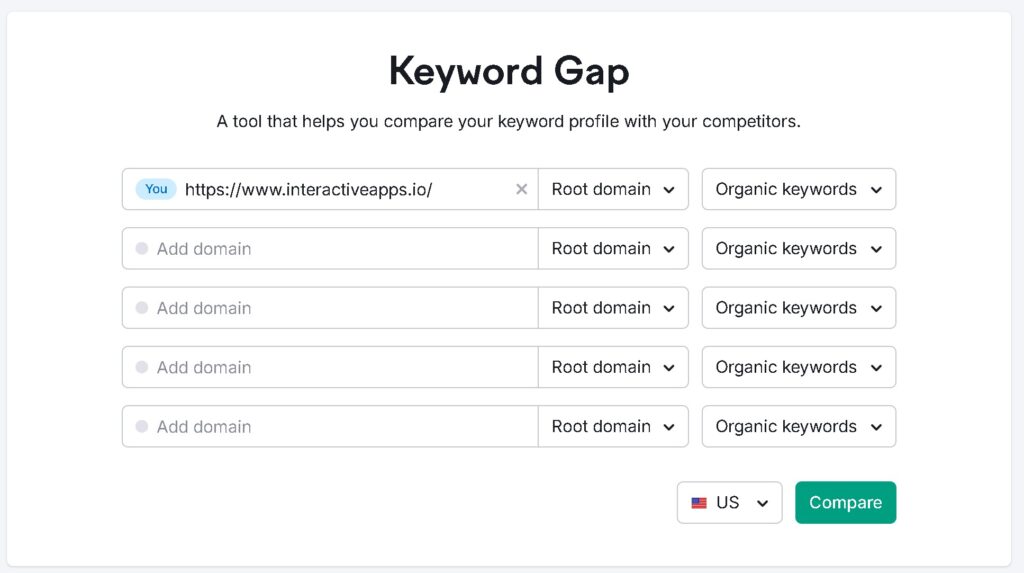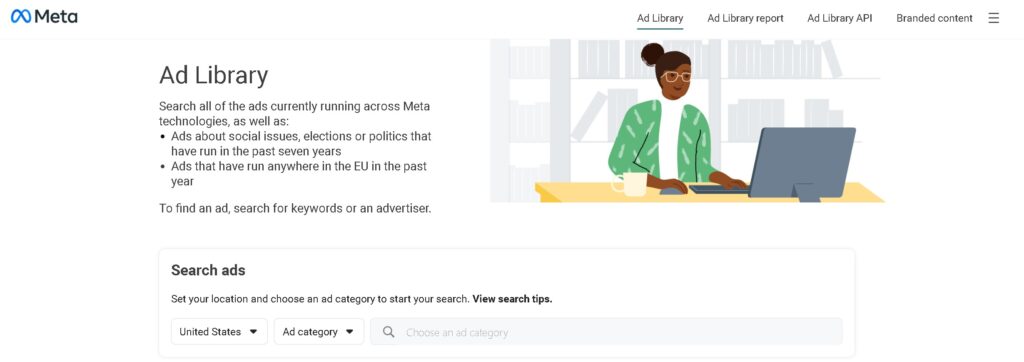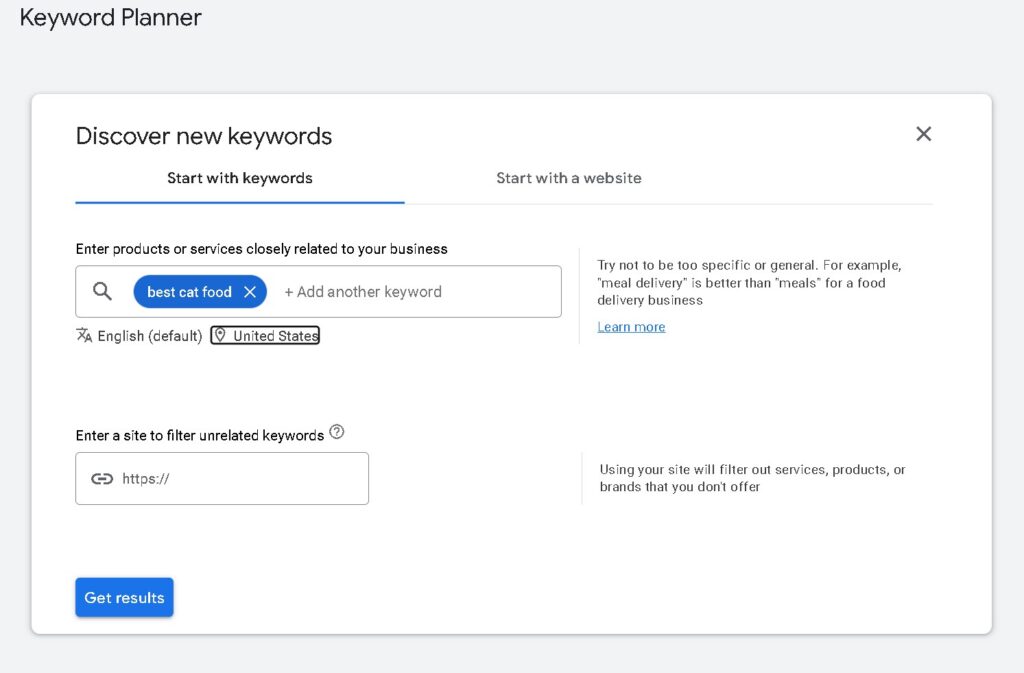Competitor analysis is a key factor in digital marketing business; if you are confused about it, this article is for you.
Competition analysis plays a key role for your digital marketing agency and is a powerful strategy for boosting your overall business reputation. In 2025, every other business is experimenting with new techniques and tools. If you are unaware of that, you might be behind the competition. Therefore, competition analysis is an excellent way to figure out.
Let’s explore how you can conduct a competitor analysis to leverage your business’s unique selling points (USPs) and secure a competitive advantage.
What is Digital Marketing Competitor Analysis?
Competitor analysis in digital marketing is a procedure for researching competitors’ weaknesses and current strategies. This helps you evaluate competitors’ SEO, PPC, social media, content marketing, and customer engagement strategies.
Approximately 90% of Fortune 500 companies utilize competitive intelligence to gain an edge in their respective industries.
Furthermore, competitor analysis will help you learn about different trends in online businesses. It analyzes factors related to other digital marketing agencies, what drives their sales and traffic, and unique ad strategies.
Check out this blog for Top Ad Strategies 2025 for Digital Marketing.
Steps To Conduct Competition Analysis in Digital Marketing
This section will explore some steps to conduct competition analysis for your digital marketing business. I know it sounds boring, but we must identify our competitors before analyzing. I’ll keep this short. There are three types of competitors in digital marketing:
- Direct Competitors – Businesses offering the exact product/service and targeting the same audience.
- Indirect Competitors – Companies providing different products/services but serving the same audience or need.
- SEO Competitors – Websites ranking for the exact keywords but not necessarily offering the same product/service.
Once you have identified your competitors, let’s start.
· Analyze Your Competitor’s Website Traffic
According to statistics, 8.55 billion searches are recorded on Google every day. Therefore, organic research is vital when analyzing your competitors in digital marketing.
The best way to analyze your competitor’s website traffic is to use tools such as SEMrush or Ahrefs. These tools allow you to quickly find your competitors’ organic traffic, keywords, and backlinks.
Analyze how your competitors are generating traffic from organic research. To do this, we have to check what keywords they are ranking for in the top Google search results. You can use the SEMrush Keyword Gap tool to analyze your competitor keywords missing on your website. It has a similar tool for backlinks.

Aside from this, you will also find your competitors’ domain ratings, allowing you to determine how likely they are to rank in search engines. In addition, if your website has low DR and authority, it might not rank for highly competitive keywords; therefore, pick the ones with low KDR (keyword difficulty ratio) for better rankings.
· Analyze Paid Campaigns
Leveraging paid campaigns helps you reach the right audience and promote your service or product in a much broader way. Before creating your social media marketing strategy, analyzing your competitors’ paid campaigns is crucial. Check their YouTube channel, Facebook pages, and TikTok accounts.
A social media platform such as Facebook has a free tool known as Meta Ad Library, where you can sneak through your competitor’s current ads, strategies, keywords, and targeted location. Analyze what they are missing and target that for effective audience reach. If they are getting excellent reach, follow their strategy for your brand, too.

· Pay-Per-Click Campaigns
Understanding your competitors’ Pay-Per-Click (PPC) campaigns is essential to optimizing your ad spend, improving targeting, and increasing ROI (Return on Investment). By analyzing their strategy, you can uncover which keywords, ad types, and bidding tactics are effective in your industry. According to a report, Google and Facebook Ads have the highest ROI rate, making them an essential source of advertisement in the current era.
One of the most popular PPC keyword strategy tools is Google Keyword Planner. It is a valuable tool for discovering trending search terms and estimating their competition levels, even if you’re not running paid ads.

While an Ads account is required for access, you can use it for free to analyze search volumes, explore keyword opportunities, and gauge potential ad costs. This helps businesses refine their content strategy, understand audience interests, and make informed decisions about their marketing efforts.
· Analyze Competitor Content Marketing
Analyzing your competitors’ content marketing strategy could take a lot of time, but it is one of the most successful digital marketing strategies. Take your time and visit every competitor’s website. Check out their web pages, blogs, and videos, and analyze what type of content they are posting.
Let’s do a breakdown for this:
- Content Types: Businesses publish different formats such as blog posts, videos, case studies, infographics, and whitepapers. Identifying the most popular formats used by competitors can help shape your own content plan.
- Frequency: Analyze how often your competitor publishes content on their website. Are they posting consistently, or haven’t they posted for weeks? Consistency plays a key role in maintaining audience engagement and improving SEO.
- Content Length: Check their blog post length. If they are writing 1000 words on a blog post, try to write more of that. Not only words, but also check for any missing information in their blog posts. Add more value in your content and make it helpful for the readers. This way, your content marketing strategy will boost and increase organic traffic.
- Identify Content Gap: Manually go through their blogs and identify content gaps. Are there topics they haven’t covered that your audience might need? Note these content gaps and start creating valuable content for your audience. Map your content strategy from top to bottom of the funnel topics.
· SWOT Analysis Strategy For Competition Analysis
At last, we have the good old way of competitor analysis known as SWOT strategy. A SWOT analysis is a powerful tool for assessing your competitors’ strengths, weaknesses, opportunities, and threats. You don’t need to go into detail for this. Everything is straightforward to understand in SWOT analysis.
Here’s how you should get started with SWOT analysis:
- Strength: Find your competitors’ strength. Figure out what they excel at. It could be a strong brand presence, unique selling propositions, or offers.
- Weaknesses: As mentioned above, identify their weaknesses. For example, identify gaps such as poor customer service, limited market reach, outdated technology, or high costs.
- Opportunities: Once you find their weakness, it’s time to grab that opportunity and beat your competitor. The opportunities could be anything from lack of consistency to lousy content.
- Threats: Identify the threats they are currently facing. Threats could include industry challenges, economic downturns, and regulatory risks.
Conclusion
Competitor analysis is a vital component for success in digital marketing. From identifying keyword gaps to weaknesses, competition analysis involves all aspects of digital marketing. By consistently monitoring your rivals and adapting your strategies, you can stay ahead.
In the above article, we have mentioned important steps for conducting competitor analysis in digital marketing. By reading to the end, you can boost your overall marketing strategy and improve results.
FAQs
1. How to Measure Market Competition?
You can measure market competition by analyzing your competitors. This will help you understand their strategies, weaknesses, and threats.
2. How to Do Competitor Analysis in SEO?
You can analyze your competitors in SEO by simply using tools like Ahrefs, SEMRush, and Ubersuggest. These tools will give you a proper analysis of your competitors’ keywords, backlinks, and content.



